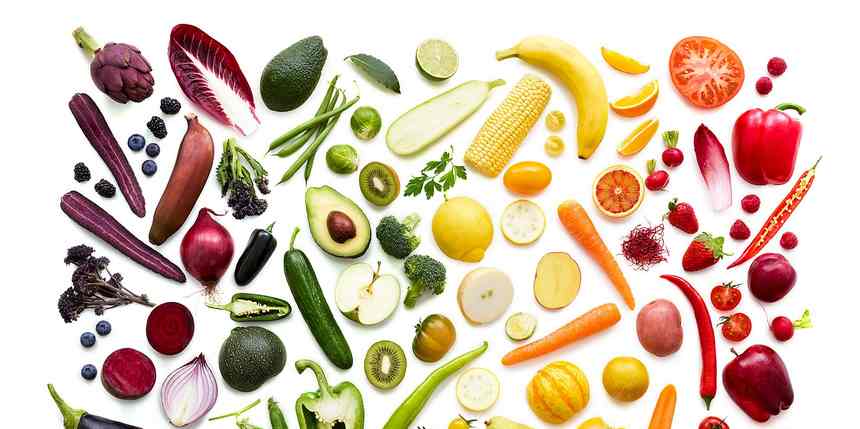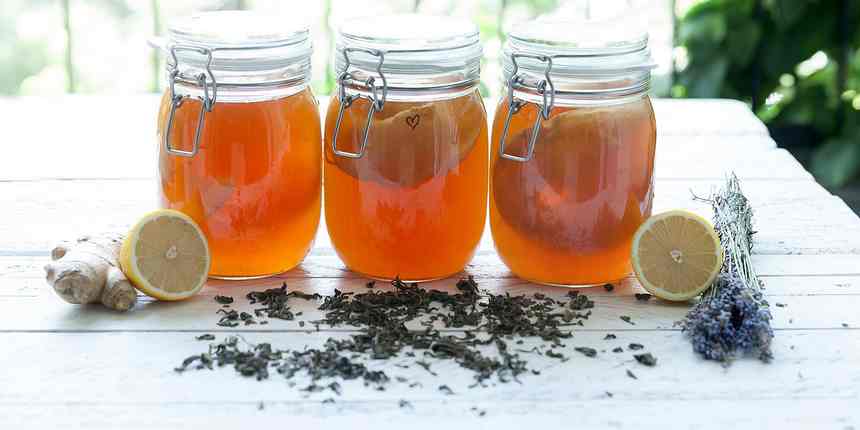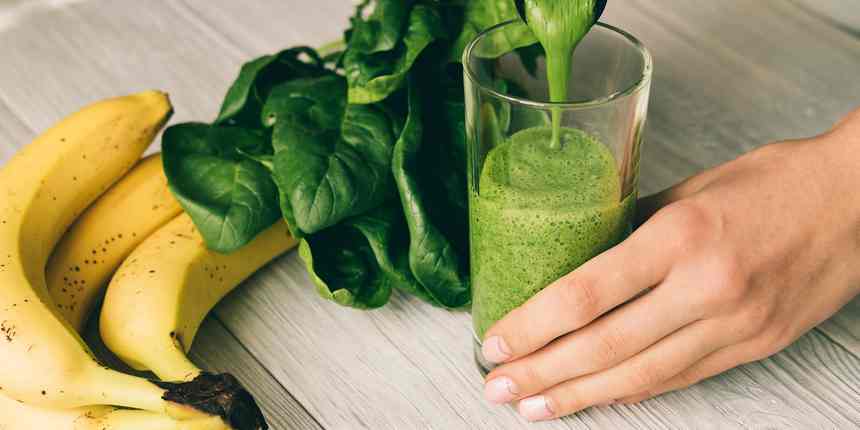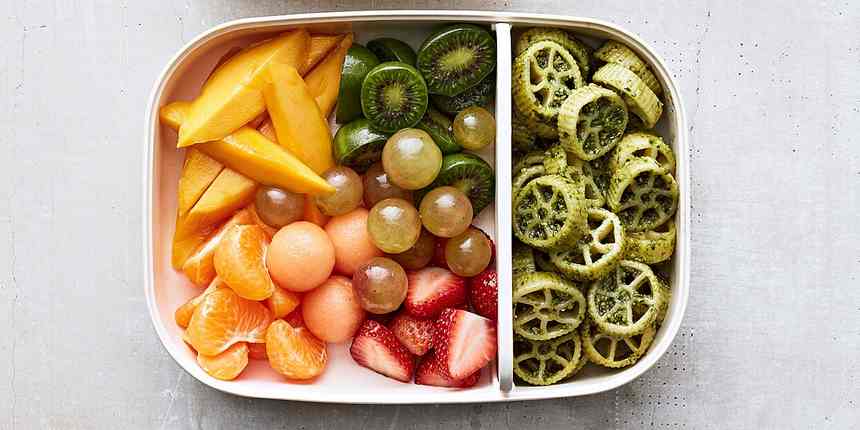Making your own kombucha allows you to customize the taste, and it's more economical. (Bottled kombucha runs from $2 to $5 a bottle.) For your first batch, it might be helpful to order a starter kit. However you do it, make sure to carefully follow all safety instructions. (And check with a doctor before you imbibe.)
Related: A New Study Says Eating Flaxseed Could Do Wonders for Your Gut Health
Starter kits
Laurel Farms: Starter kit contains a SCOBY, starter tea, and an extensive literature kit, including illustrated recipe.
Kombucha Brooklyn: Home-brew kit contains a SCOBY, organic tea, organic cane sugar and an FDA-approved 1-gallon jar with sterilized cover. If you live in the New York area, consider signing up for a kombucha class, which includes the home-brew kit.
Tools and Materials
- 4 organic tea bags (black, green, or white are best; create your own blend by choosing 1 or 2 of each)
- 1 cup organic cane sugar
- 1 SCOBY (symbiotic culture of bacteria and yeast)*
- 1/2 cup of kombucha starter (kombucha from a previous batch, or raw, store-bought kombucha)
- Cotton tea towel
- 1-gallon unleaded glass jar (Pyrex or Anchor-Hocking are best)
- 3 quarts distilled water
- Nonmetallic glass measuring cup
- Wooden spoon
- Paper towels
- Glass bottles in which to store the finished tea
*Like a sourdough starter, the kombucha SCOBY is self-replicating: When you finish incubating a batch of tea, your SCOBY grows a "baby," which you can pass along to a friend or neighbor. (Note: Though some people call the SCOBY a "kombucha mushroom," it is not, actually, a mushroom).
Before You Start
Before you embark on your first batch, take a few basic precautions. Be sure you live in a hygienic environment. If your house has a mold problem, for example, or if you smoke, it can ruin your kombucha. Second, use only an unleaded glass jar, since kombucha will leach toxins out of colored glass, metals, and ceramic pots. (This is also why you shouldn't use a metal measuring cup or metal spoon.) Finally, it's a good idea to sterilize your jars and bottles (and wooden spoons, etc.) with boiling water before using.
Brewing How-To
- Boil the water
- Pour boiling water into the glass jar, add tea bags and let steep for 20 minutes.
- Remove tea bags and mix in sugar until dissolved.
- Cool to room temperature (roughly two hours—or, to shorten this step, you can boil less water and add cold distilled water).
- Add kombucha starter and SCOBY to jar.
- Cover with a clean tea towel and seal with a rubber band.
- Place in a dark, warm environment (ideally 72 to 80 degrees) for 7 to 14 days.
Let It Brew
Over the course of two weeks, the SCOBY will feed on the sugar and the caffeine, producing acetic, lactic, and other acids as it ferments. Kombucha Brooklyn cofounder Eric Childs recommends tasting it three to four days into fermentation.
"The 'buch' is ready when your taste buds say it's ready," says Childs. Typically, the longer you let it ferment, the less sugar it has (since the SCOBY is consuming the sugar), so if you prefer a sweeter taste, you can bottle it a week or so in.
How to Bottle
When bottling your kombucha, tightly screw the tops shut, and—if you want bubbles—let the bottles sit outside the fridge for another week or two for a secondary fermentation. To speed up this process, Childs suggests popping in some dried mango or a few raisins. "The extra sugar will help with the secondary fermentation," he says. (If you do this, you should notice carbonation within three to four days, depending on the temperature.)
A Word of Caution
Kombucha is relatively acidic, which prevents the survival of most pathogens and potential contaminants. However, molds can grow on kombucha, just as they do on other foods. The biggest thing is for you to trust your nose and your instincts. If it's got some funky mold on it, then throw it out.
Finally, "don't expect a perfect brew the first time around," Childs cautions. "It takes about three batches for the SCOBY to get adept to its environment."
This story originally appeared on Whole Living.








